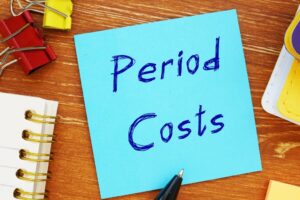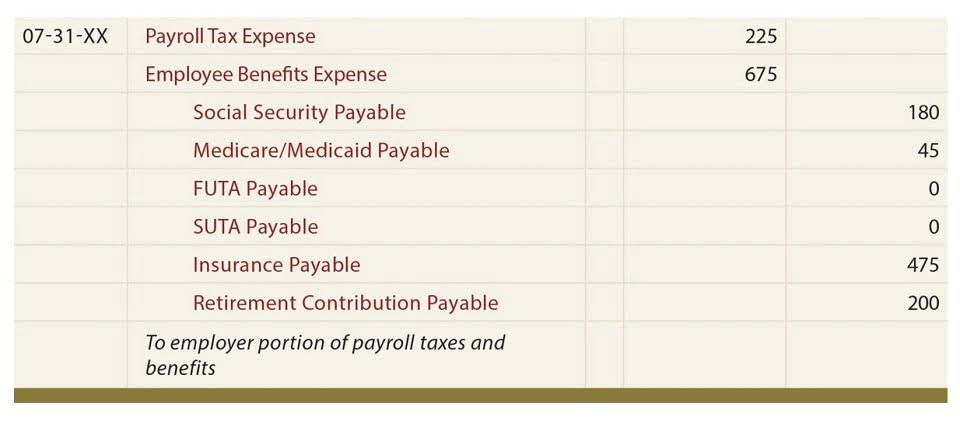
If customer demand and sales are higher for the company in a certain period, its variable costs will also move in the same direction and increase (and vice versa). The formula for calculating the break-even point (BEP) involves taking the total fixed costs and dividing the amount by the contribution margin per unit. HEADS UPBefore you jump right into calculating the BEP of your products you should be aware that your contribution margin might change over time. In other words, your contribution margin might vary from month to month, especially when you’re selling multiple products at the same time. Divide the fixed costs by the revenue per unit minus the variable costs per unit.
Benefits of Breakeven Analysis
The first is based on the number of units you need to sell net sales to cover all your costs. The second is based on how much revenue you need to generate in order to break-even. Which level you use really depends on whether you just want to understand the profitability of a single product or your entire business. Many ventures operate at a loss for extended periods before reaching this milestone. For companies, gauging how and when they will reach the breakeven point is crucial for financial planning and pricing. Additionally, traders use BEPs to analyze deals, determining the price a security must reach to precisely pay all transaction costs, including taxes, commissions, management fees, and other expenses.
Investment Strategies
- It is only possible for a firm to pass the break-even point if the dollar value of sales is higher than the variable cost per unit.
- The break-even analysis helps you to understand the financial health of your business.
- The five components of break-even analysis are fixed costs, variable costs, revenue, contribution margin, and break-even point (BEP).
- That’s why you should always try to negotiate a better price if you buy more raw materials or products from your suppliers, once your sales volume increases.
- If you are selling to middlemen such as wholesalers, this component describes your cost price you are selling your products at.
- When companies calculate the BEP, they identify the amount of sales required to cover all fixed costs before profit generation can begin.
In stock and options trading, break-even analysis helps determine the bep definition minimum price movements required to cover trading costs and make a profit. Traders can use break-even analysis to set realistic profit targets, manage risk, and make informed trading decisions. The contribution margin represents the revenue required to cover a business’ fixed costs and contribute to its profit. With the contribution margin calculation, a business can determine the break-even point and where it can begin earning a profit. Break-even analysis assumes that the fixed and variable costs remain constant over time. However, costs may change due to factors such as inflation, changes in technology, and changes in market conditions.
- The financial accounts of a company include the data needed to compute its BEP.
- Break-even analysis can also help businesses see where they could re-structure or cut costs for optimum results.
- For example, the total revenue curve is simply the product of selling price times quantity for each output quantity.
- As simple as it might seem, it can uncover hidden and expensive cost components along the supply and value chain of your business.
- By understanding the BEP, businesses can determine the number of units or services they need to sell to cover their costs.
- In this article, we’ll delve into the concept of the Breakeven Point, exploring its definition, significance, calculation methods, and examples.
Step-by-Step Calculation Example

If you’re just starting out with your ecommerce business and have to manage a limited financial budget, knowing the BEP is crucial to assess and control your profits. And as a result, you can take control of the elements that hinder you to break-even and also find ways to increase your profit margins. In effect, the insights derived from performing break-even analysis enables a company’s management team to set more concrete sales goals since a specific number to target was determined. The incremental revenue beyond the break-even point (BEP) contributes toward the accumulation of more profits for the company. An unprofitable business eventually runs out of cash on hand, and its operations can no longer be sustained (e.g., compensating employees, purchasing inventory, paying office rent on time).
Break-Even Point in Units
To find the total units required to break even, divide the total fixed costs by the unit contribution margin. The break-even point formula divides the total fixed production costs by the price per individual unit less the variable cost per unit. The contribution margin is calculated by subtracting the variable costs from your average selling price. At this sales volume, the revenue ($8,350) exactly covers all fixed and variable costs, resulting in zero profit and zero loss. When companies calculate the BEP, they identify the amount of sales required to cover all fixed costs before profit generation can begin. The break-even point formula can determine the BEP in product units or sales dollars.

Learn financial statement modeling, DCF, M&A, LBO, Comps and Excel shortcuts. Or, if using Excel, the break-even point can be calculated using the https://www.bookstime.com/articles/liability-accounts “Goal Seek” function.


So, ABC Manufacturing needs to sell 5,000 units to reach the Breakeven Point. In the business world, understanding the break-even point (BEP) is crucial. Imagine you’ve just started a business and want to know when you’ll recover your initial investment.
First, it tells you exactly how many times you need to sell a product to offset the running costs of your business. In fact, I will show you exactly how to calculate the break-even point, the moment at which your business starts to turn a profit. As we can see from the sensitivity table, the company operates at a loss until it begins to sell products in quantities in excess of 5k.